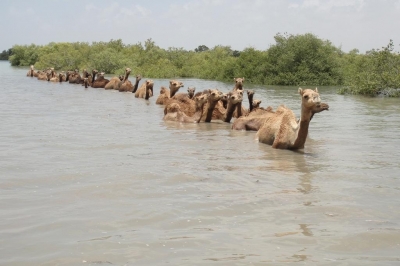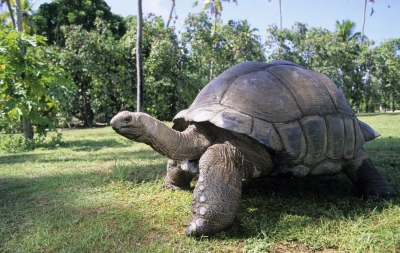
The Gila (pronounced ‘hee la’) monster is not really a monster. It is a beautiful, heavy-set lizard which has beadlike scales that are black, pink and orange in colour. Although the bite of this lizard is poisonous, the poison does not kill a human. It generally does not attack humans unless they threaten it or get in its personal space. Unfortunately, its unnerving appearance causes some people to kill it, even though it is a protected animal by law.
Found in south western parts of the United States and in Mexico, this unique, slow-moving reptile can run at a maximum speed of about 1.6 km per hour. It can grow up to 60 cm in length and is the most venomous lizard native to the United States.
The word Gila comes from Arizona’s Gila River basin, where these lizards were first discovered. They eat small mammals such as rabbits, hares, mice, squirrels, small birds, snakes, lizards, frogs, insects and sometimes even carrion. They particularly like the eggs of birds, lizards, snakes and tortoises.
Although unwieldy looking, with an outsized tail, the Gila monster is able to scale vertical walls and trees up to 8 feet high! However, they spend more than 95 per cent of their lives in underground burrows, emerging only to feed and occasionally to bask in the desert sun. They store fat in their oversized tails and are able to go months without meals.
Sadly, Gila populations are shrinking due to human encroachment and victimization and they are currently considered a threatened species.
Picture Credit : Google





